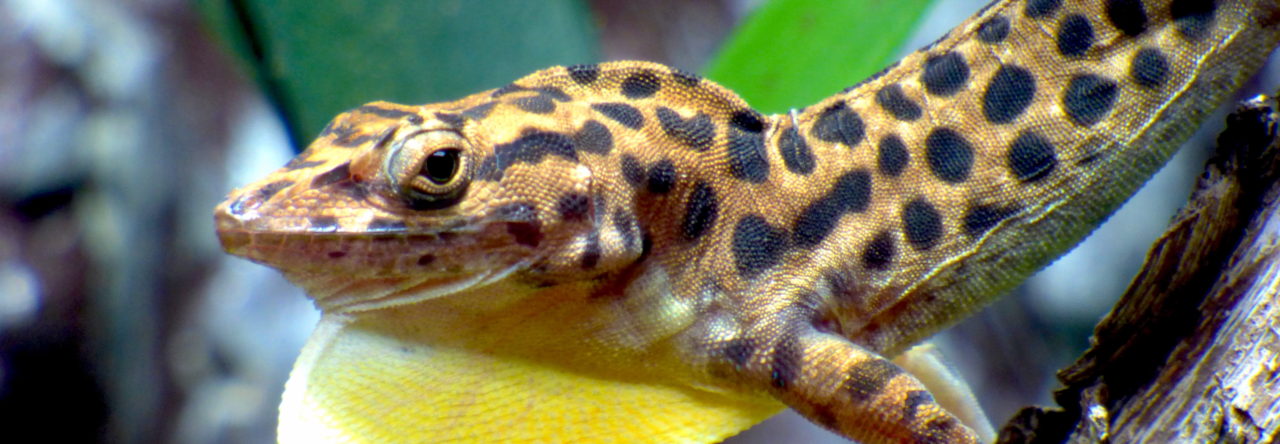
What determines species composition on remote Caribbean islands? Geographic proximity to source populations? The vicissitudes of dispersal and colonization? Propagule pressure and prevailing biotic and abiotic environmental conditions? The study of biogeography addresses such questions, and is concerned with understanding the geography of biodiversity- where do species occur and why?
We perhaps often think of species groups accumulating from colonists arriving from the same place, that is, we identify a likely natal source for island colonists. But might species groups be chimeric, in that they contain groups of diasporic species from different natal lands? This is certainly a plausible scenario and could potentially lead to some interesting evolutionary outcomes.
The Cay Sal Bank is a remote island bank, or shallow carbonate platform, on which rests a line of small islands strung out along its margins. This region, as well as our recent expedition, has been mentioned in a previous AA post. Here I am returning to discuss the anoles and the results from our recently published work describing the evolutionary relationships of the terrestrial squamate fauna. Fundamentally, we ask a question that has circulated for the better part of a century: where do the anoles on Cay Sal come from?
Six terrestrial squamates are found on this bank:
Anolis fairchildi (endemic)
Anolis sagrei
Tropidophis curtus
Sphaerodactylus nigropunctatus
Cubophis cantherigerus
Typhlops biminiensis

Dispersal hypotheses for terrestrial squamates found on Cay Sal Bank, from Reynolds et al. 2018
Of these, all but Anolis fairchildi and the recently discovered population of Cubophis were thought to have Bahamian evolutionary affinities. The endemic A. fairchildi has been of particular interest, owing to its status as the product of one of the ex situ speciation events occurring in the green anoles as they dispersed from Cuba (Williams 1969). But a previous AA post (1) reminded us that the origins of Anolis fairchildi had not been resolved- did they come directly from Cuba or are they derived from Bahamian A. smaragdinus (among other alternatives?). Here we tackle this question, using a basic mitochondrial dataset and lots of taxon sampling from previous study of the group (more on A. fairchildi in a future post). We constructed a coalescent gene tree of all “carolinensis-clade” Cuban green anole species, including our samples obtained from Cay Sal Island in 2015. We find unequivocally that A. fairchildi is a recent colonist from western Cuba- nested within the western Anolis porcatus lineage. Thus we see both ancient and recent emigration (divergence) events leading to what we recognize as species in the carolinensis clade of green anoles, setting up a really nice opportunity to examine the accumulation of variation in diasporic populations over different time periods.

Phylogeny of “carolinensis clade” green anoles from Reynolds et al. 2018, with A. fairchildi highlighted in green and shown in the inset photo
- A Victorian Mystery – the Lizard Dewlap - October 10, 2020
- Undergraduates among the Anoles: Anolis scriptus in the Turks & Caicos - July 14, 2020
- Anoles and Drones, a Dispatch from Island Biology 2019 - August 26, 2019


Leave a Reply